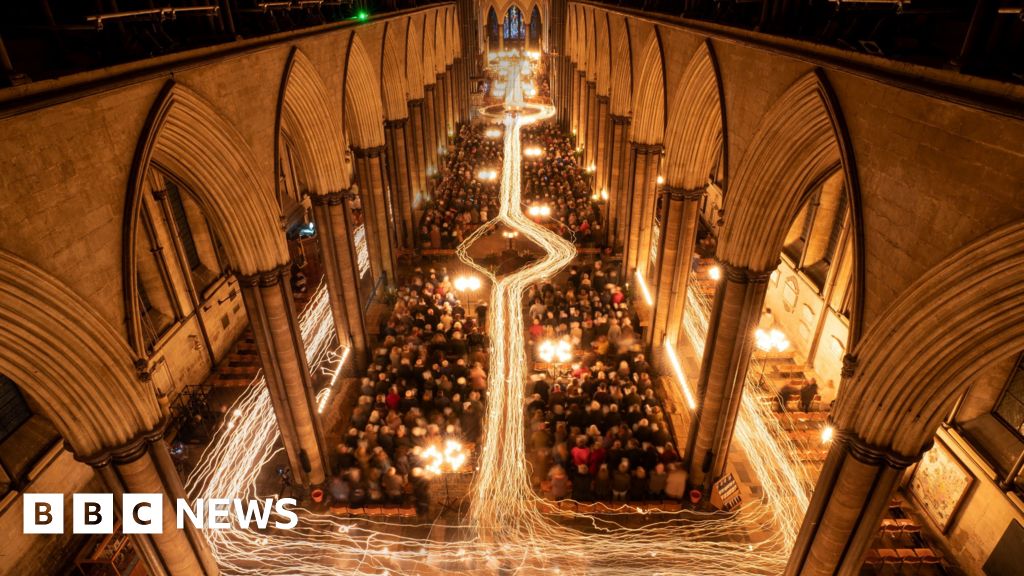- Olympics
The long road to get 'Motorway City' on track with trams
时间:2010-12-5 17:23:32 作者:News 来源:Opinion 查看: 评论:0内容摘要:Garden consultant Ashleigh Byrne explains, "Trees create shade, can take the nutrients from your plants, and you may end up with little baby trees in your garden."Garden consultant Ashleigh Byrne explains, "Trees create shade, can take the nutrients from your plants, and you may end up with little baby trees in your garden."
, and they’ve been a hallmark of. But a lot has changed since the 1940s. In this climate of volatile, uncertain, and severe weather events — from frequent hurricanes to intense wildfires to powerful windstorms — the popular framing material is increasingly being replaced by more durable (and, at least initially, expensive) framing options.

But what’s replacing it? What will the durable homes of tomorrow look like? Below, find out how a new wave of builders is solving for today and tomorrow, with alternative materials and methods built to weather bigger storms.U.S.-based builders build around. But no building material is without its downsides. Fire risk, mold, water damage, termites, and
an imperfect solution, especially when insurance premiums balloon after disaster and coverage is denied.Since 2019, the United States has experienced 115 separate billion-dollar weather and climate disasters, adding up to $746.7 billion in damage, according to
. That means there are a
of homes that have been — and continue to be — at risk for destruction.could secure power to supply its data centers. Three Mile Island, located on the Susquehanna River just outside Harrisburg, Pennsylvania, was the site of the nation’s worst commercial nuclear power accident in 1979.
Also last fall, Amazon said it was, two days after a similar announcement by Google. Additionally, Google announced last month that it was investing in
with Elementl Power.U.S. states have been positioning themselves to
- 最近更新
- 2025-07-07 05:42:44'No plans for hosepipe ban', says water company
- 2025-07-07 05:42:44What we know about Israeli embassy staff shooting
- 2025-07-07 05:42:44Star bassist Carol Kaye rejects induction into the Rock & Roll Hall of Fame
- 2025-07-07 05:42:44An AI video ad is making a splash. Is it the future of advertising?
- 2025-07-07 05:42:44Tropical forests destroyed at fastest recorded rate last year
- 2025-07-07 05:42:44Rail network adds defibrillators to all platforms
- 2025-07-07 05:42:44Photographer's focus on city's children after WW2
- 2025-07-07 05:42:44Gazans fear shutdown of water plants as Israel widens offensive
- 热门排行
- 2025-07-07 05:42:44prompting slides to be deployed
- 2025-07-07 05:42:44At least 25 dead after tornadoes sweep through US Midwest
- 2025-07-07 05:42:44above the nation's capital
- 2025-07-07 05:42:44British man's tattoo wrongly linked to Venezuelan gang in US government document
- 2025-07-07 05:42:44take advantage of catchup contributions
- 2025-07-07 05:42:44In this rural Colorado valley, cuts to Medicaid would have vast ripple effects
- 2025-07-07 05:42:44How to pay off your credit card debt
- 2025-07-07 05:42:44Mixing family business with US trade policy in Vietnam
- 友情链接
- Israel kills more than 90 in Gaza as 3 killed in attack by Israeli settlers Iran moves to punish ‘spying’ as it proclaims victory over Israel, US Israeli attacks kill at least 78 as Trump signals progress in Gaza talks Trump says he doesn’t care if US, Iran sign a nuclear agreement Iran moves to punish ‘spying’ as it proclaims victory over Israel, US The ‘12-Day War’ ended with an attack on Qatar. Why didn’t it escalate? Trump says he doesn’t care if US, Iran sign a nuclear agreement Israeli attacks kill at least 78 as Trump signals progress in Gaza talks Israel kills more than 90 in Gaza as 3 killed in attack by Israeli settlers Israeli attacks kill at least 78 as Trump signals progress in Gaza talks While the world watched Iran and Israel, what happened in Gaza? Israeli attacks kill at least 78 as Trump signals progress in Gaza talks While the world watched Iran and Israel, what happened in Gaza? Trump says he doesn’t care if US, Iran sign a nuclear agreement Trump calls for cancellation of Netanyahu’s corruption trial in Israel While the world watched Iran and Israel, what happened in Gaza? While the world watched Iran and Israel, what happened in Gaza? Trump calls for cancellation of Netanyahu’s corruption trial in Israel Trump calls for cancellation of Netanyahu’s corruption trial in Israel Israel kills more than 90 in Gaza as 3 killed in attack by Israeli settlers Trump calls for cancellation of Netanyahu’s corruption trial in Israel Israel kills more than 90 in Gaza as 3 killed in attack by Israeli settlers Iran moves to punish ‘spying’ as it proclaims victory over Israel, US The ‘12-Day War’ ended with an attack on Qatar. Why didn’t it escalate? Trump calls for cancellation of Netanyahu’s corruption trial in Israel Trump says he doesn’t care if US, Iran sign a nuclear agreement The ‘12-Day War’ ended with an attack on Qatar. Why didn’t it escalate? Trump says he doesn’t care if US, Iran sign a nuclear agreement Israel kills more than 90 in Gaza as 3 killed in attack by Israeli settlers Israeli attacks kill at least 78 as Trump signals progress in Gaza talks
